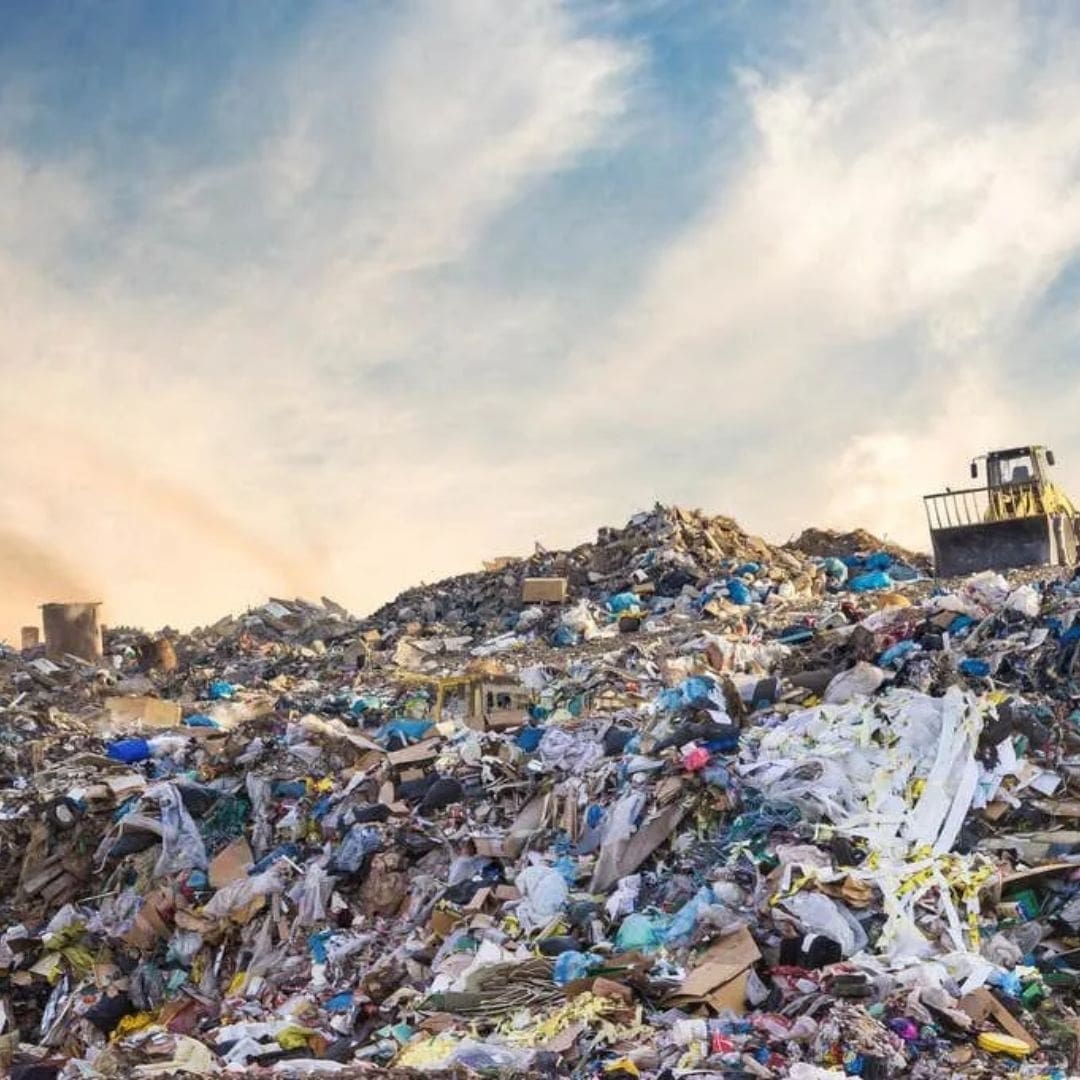According to a report released Monday by the European Environment Agency, about 1.7 million tonnes of worn fabric were transported to other nations in 2019, predominantly in Asia and Africa. Nevertheless, it is “very unknown” if these fabrics are going to be recycled, repurposed, or dumped.
Just five countries accounted for 75% of EU textile waste exports, and the top 10 receiving countries imported 64% of total volumes, according to the report, which examines UN Comtrade data between 2000 and 2019. However, evidence of how these textiles are sorted, reused, recycled, or disposed of remains ambiguous and largely anecdotal. While apparel and textile exports to Asia, which now account for 41% of global exports, are known for specialised sorting facilities where fabric is frequently downcycled for industrial rags or re-exported globally, it is generally accepted that clothing and textiles exported to Africa are re-used and sold domestically. Textiles deemed inappropriate for reuse are sent to landfills in both locations.
The value of worn clothing and fabric has also decreased; in 2019, 1 kilogramme of used textiles traded for €0.57 ($0.60), down from €0.76 in 2000. According to the paper, increasing export quantities at a time of declining prices may be a sign of stable demand or a saturated market with lowered textile quality. Volumes may increase further as a result of impending regulations requiring all EU nations to have specialised textile waste collectors by 2025.
The EU’s sustainable and circular textiles strategy, released in March of last year, also noted the shortcomings of the current system of sorting and classifying textiles and called for increased transparency in the global used-textile market. This report follows closely on the heels of that strategy.
The paper also made note of the possibility that the supposedly beneficial environmental and social effects of clothes recycling and donations could be questioned given the precarious future of worn textiles.
It added that whether or not reuse truly substitutes for new textile or fibre production will determine the environmental effects that can be avoided. To put it another way, “used textiles exported from the EU may not genuinely replace new production or aid the environment if they are of too poor a quality to be reused, are not reused for very long, or do not replace purchases of new apparel.”

